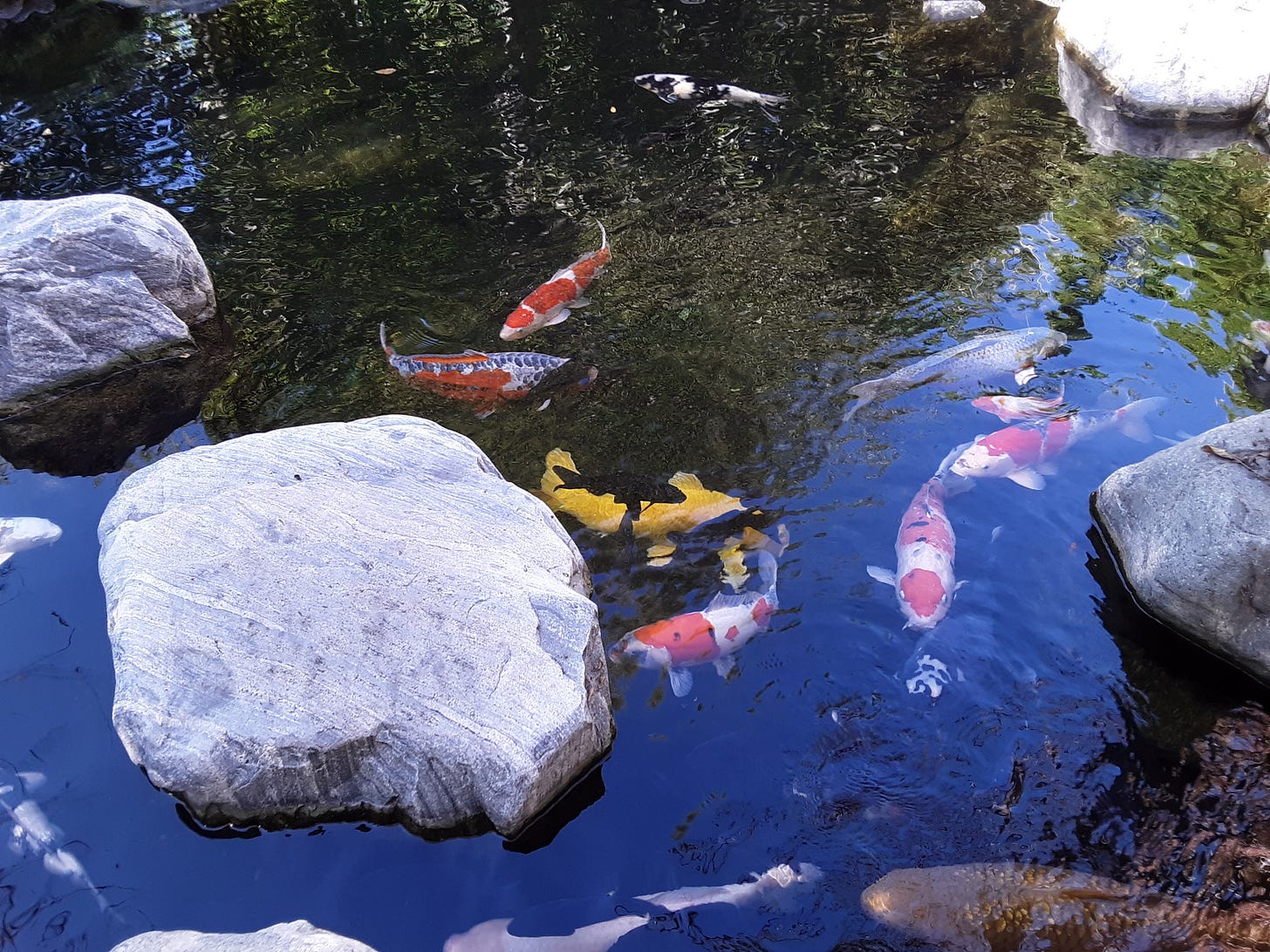When I was a college freshman back in the previous millennium, a Buddhist monk did a year-long residence on campus, one element of which was offering a daily meditation practice session. I started attending out of curiosity, and stayed due to a vague sense that there was some value in it for me. Since then I have maintained a fascination for the topic, both personally and professionally.
Your mind is a garden
I have written about meditation as a methodology for cultivating certain positive mental attitudes/practices. One of these is awareness of the present reality without thought or judgment. By using our sensing and experiencing brain to simply see things as they are, we have an opportunity to voluntarily shift out of the thinking/judging/worrying mindset that can be both useful and harmful to us.
The default meditation instruction for developing this non-thinking sensory awareness is to simply pay attention to your breathing (although any internal or external stimulus can be your focus). The exercise involves noticing how our mind gets pulled away from that focus to a variety of thoughts, fears, wishes etc. No matter how we try to stay focused on our breathing, our mind runs down various paths of preoccupation. This teaches us that our mind has a mind of its own (!) and it will run away with us (sometimes to places that can harm us) if we are not continuously mindful of that wayward tendency.
Words matter
When we are instructed to “Pay attention to X”, the words PAY ATTENTION imply an active voluntary investment of energy to stand back and observe and focus on something over there. It works well, up to a point.
My recent insight is that this standing back and effort-full observing introduces a degree of distance between our observing mind and our object of contemplation. This can create a subtle obstacle to deeper/fuller sensory awareness of one’s focal target (breathing, walking, music, birdsong, golf/tennis ball etc.).
So I have begun to frame my meditation instruction not as “Pay attention to X” but rather “Be IN X”. This creates a frame of being inside and surrounded by your object of contemplation rather than standing apart from and observing it. It is like the difference between watching a scene on a flat screen and viewing it inside a virtual reality headset. It is a more fully IMMERSIVE representation of our sense experience which is the true goal of meditation practice.
This full 360 degree immersion in sensing and experiencing something can shut down (at least partially and temporarily) all the thinking and judging and worrying and ruminating that can wind us up and wear us down and burn us out. Putting the brakes on our mental hamster wheel is a good pause that can refresh and revitalize our mind.
Try it! 🌱




This is why I love playing the piano…I’m totally unable to think of anything else once I start reading the music 🎶👍
I like the idea of giving my brain a simple task like paying attention to my breathing to occupy it while I calm myself. Yes, attention wanders and is prone to fall away, but isn't that the core task of meditation. To bring awareness back as it wanders. I also like your idea of Being in X, but see it most useful for just being within myself. For example I might incorporate this idea by paying attention to my breathing and being in my skin. That seems like a powerful meditation.
For the world around me, I tend to use photography to focus my attention on the external and to blur the boundary between other and self. This too can be a powerful meditation.